One Of The Worst Industrial Disasters Happened In Texas And Not Many People Still Know Of It!
Early on the morning of April 16, 1947, Fred Atwood Jr. and his wife, Yvonne, awoke to fire alarms sounding down at the docks in Texas City. They ate breakfast and gave their 6-month-old son, Kent, a bottle in his crib. Then they went outside to watch smoke rise from the French freighter SS Grandcamp docked in the town's port along the west shore of Galveston Bay....
It all started shortly after 8am that day, when longshoremen noticed smoke in the hold of the S.S. Grandcamp.
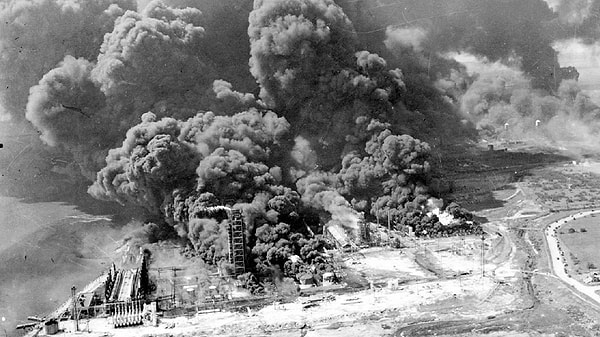
The Grandcamp was a French cargo ship, which had arrived to pick up a load of ammonium nitrate fertilizer. The ship already had fuel oil and ammunition in its cargo hold.
2,300 tons of fertilizer had already been stowed in the cargo area of the ship.
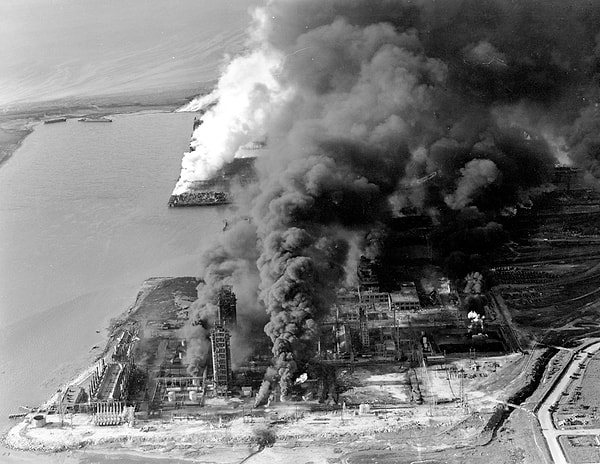
In order to keep the cargo intact, the crew decided not to use water to extinguish the fire; they instead tried, unsuccessfully, to snuff out the flames.
Shortly after 9:00am, the temperature inside the cargo area had risen enough to spark a massive explosion that was heard as far as 150 miles (240 km) away.

The Texas City Volunteer Fire Department was called but the fire continued to grow, and the hold of the ship continued to get hotter.
The fire sent billowing smoke across the city. A crowd gathered at the docks to watch firefighters battle the huge blaze.

According to the Texas City Library, the ship's captain tried to extinguish the fire by forcing steam into the cargo hold, but the steam vapors probably liquefied the ammonium nitrate, producing nitrous oxide, an extremely volatile substance.
At 9:12am, the ammonium nitrate detonated, sending a massive fireball hundreds of feet into the air.
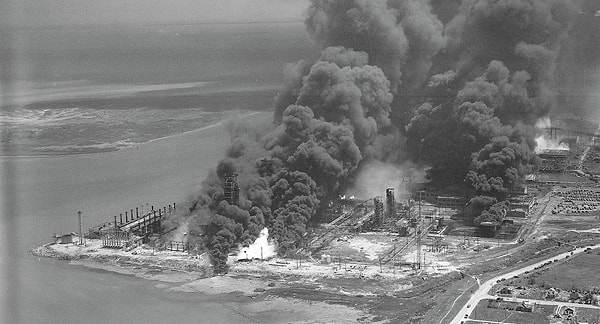
The explosion caused a 15-foot wave that crashed onto the docks and flooded surrounding areas. Windows shattered as far away as Houston, and vibrations from the blast registered on a seismograph in Denver, Colorado. A barge anchored in port was blown out of the water and landed 110 feet away.
Everyone standing nearby, including almost the entire Texas City Volunteer Fire Department, was killed instantly.

Buildings near the blast were flattened and the neighboring Monsanto plant was destroyed.
Flaming debris triggered fires at nearby chemical plants and refineries.
The call for help was put out across the country and rescue workers from all over responded to the disaster.
The fire continued to burn into the next day, and at 1:10am on April 17th, ammonium nitrate on a second ship exploded.

That blast killed two more people and destroyed a nearby ship. According to the Texas City Library, the high school gym was converted into a temporary morgue and a local auto mechanic's garage was used as an embalming room.
The exact number of dead was never determined. Estimates are that between 500 and 600 people died in the explosion.
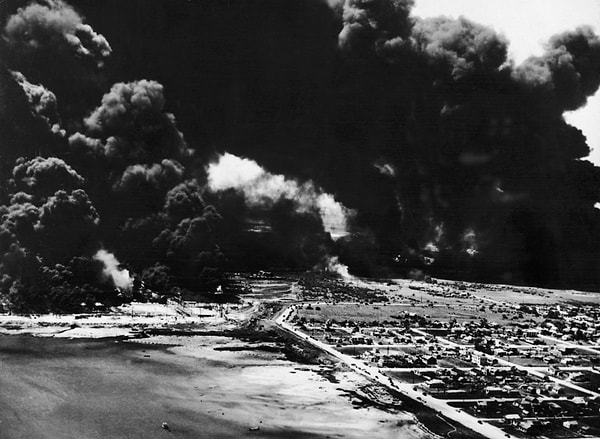
A mushroom cloud rose 2,000 feet (600 meters) into the air, and two small planes passing above were destroyed. Burning shrapnel was sent flying, with much of it landing in industrial areas, setting fires or causing other damage.
Burning wreckage ignited everything within miles, including dozens of oil storage tanks and chemical tanks.

The nearby city of Galveston, Texas, was covered with an oily fog which left deposits over every exposed outdoor surface.
27 of the 28 members of Texas City's volunteer fire department and 3 members of the Texas City Heights Volunteer Fire Department, who were on the docks near the burning ship, were killed.
Eventually, 200 firefighters arrived from as far away as Los Angeles.

Fires resulting from the cataclysmic events were still burning a week after the disaster, and the process of body recovery took nearly a month. All four fire engines of Texas City were twisted and burned hulks.
People felt the shock 250 miles (400 km) away in Louisiana.
More than 5,000 people were injured, with 1,784 admitted to twenty-one area hospitals. More than 500 homes were destroyed and hundreds damaged, leaving 2,000 people homeless.
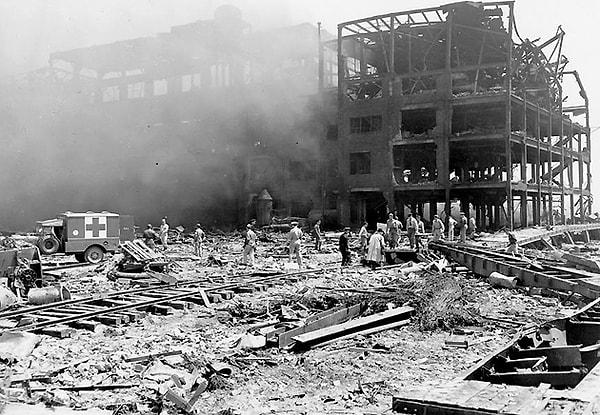
The seaport was destroyed and many businesses were flattened or burned. Over 1,100 vehicles were damaged and 362 freight cars were obliterated—the property damage was estimated at $100 million ($1.07 billion in today's terms).
The disaster triggered the first ever class action lawsuit against the United States government.
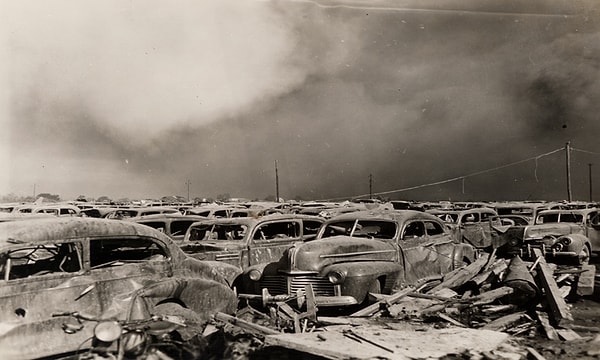
Approximately fifty years after the event, the Texas City disaster became the subject of a song recorded by Sam Roberts entitled 'The Day Texas City Turned Into a Fiery Hell.'
The song 'Keep The Wolves Away,' by Uncle Lucius references the disaster and its aftermath.
Keşfet ile ziyaret ettiğin tüm kategorileri tek akışta gör!


Send Comment